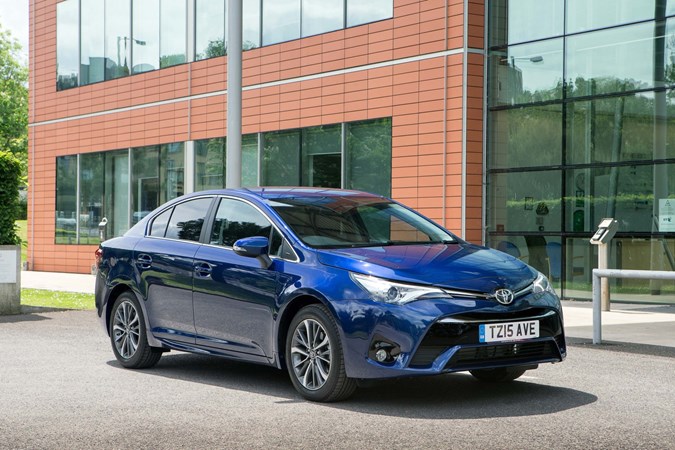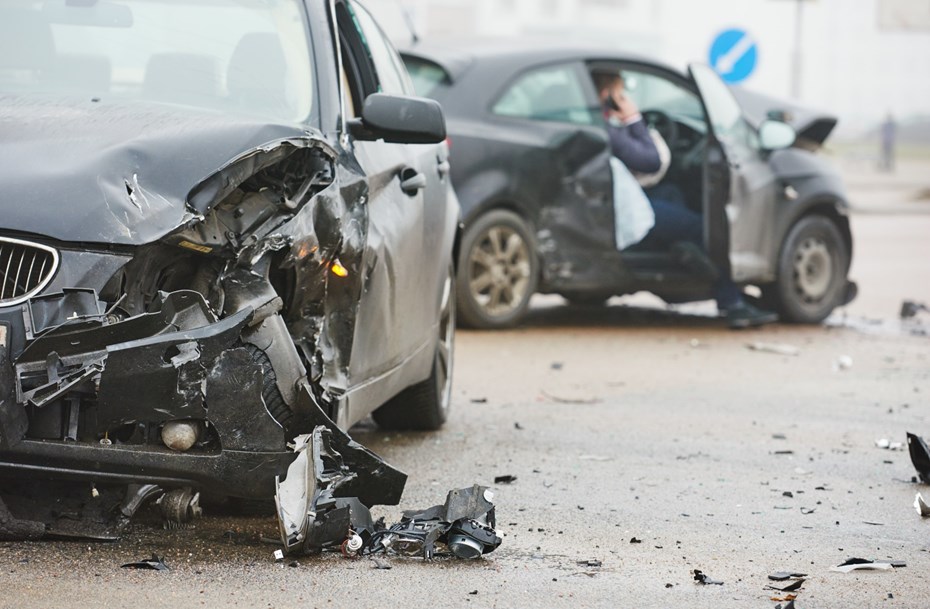If a car gets damaged in an accident, the insurance company that covers it may declare it a write-off. But not every car that’s written off is immediately sent to the scrap yard. Every write-off is put into a category that indicates the extent of the damage and, in the case of Category S and Category N, that the car can be repaired and go back on the road.
But those are just two of the eight categories that a write-off can be classified in. What do these categories actually tell you about the car and what happened to it? Here, we’re going to explain everything you need to know about the insurance write-off categories. We’ll also consider if you should think about buying a used car that’s been written off in the past, or buy a damaged car to repair.
Before we continue, note that ‘category’ is often shortened to ‘cat’, which you’ll see throughout this explainer.
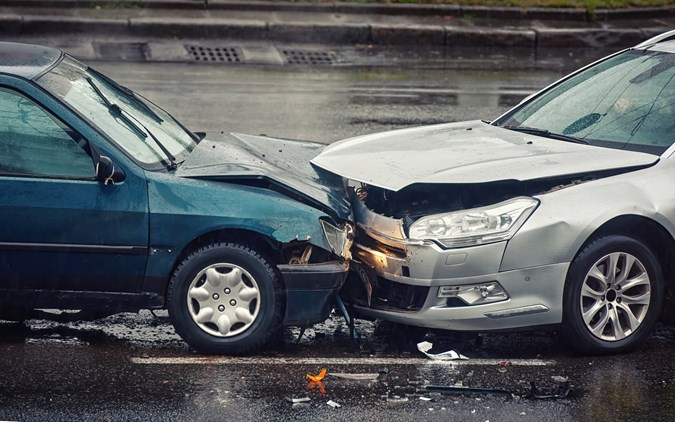
When is a car declared a write-off?
An insurance company will write-off a car when it judges the full cost of repairs exceeds the value of the car. In some cases, it takes only minor damage for the car to be written off if its value is low, or some really expensive components needs replacing. It can also be the case that taking the car apart to ascertain the extent of the damage reveals pre-existing problems that the insurer doesn’t want to get involved with.
If your car is written off, you’ll receive a pay-out from your insurer. If the car is scrap, you’ll get an amount that reflects the car’s market value. Do argue the case if you think you’re being low-balled – you can get a free valuation from Parkers. If the car can be repaired, the pay-out may reflect the likely cost of getting the work done.
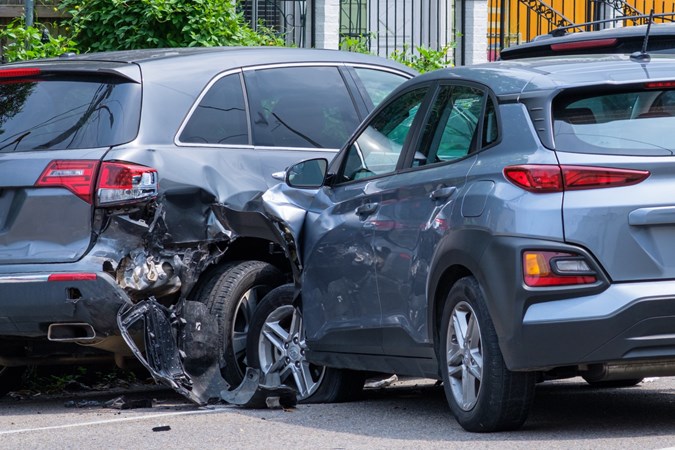
What does Cat N mean on a car?
Category N is the lowest level of insurance write-off. A car that’s declared Cat N is repairable, having minor cosmetic damage and, crucially, no structural damage – indeed, ‘N’ stands for non-structural. It may need a new door skin, front wing, headlight or any other part that’s easily replaced. In another scenario, the car may have been vandalised and need repainting, and the glass replacing.
What does Cat S mean on a car?
Category S is the second tier of insurance write-off. Again, the car is repairable but has sustained some structural damage – ‘S’ stands for structural – for instance to a chassis leg or the side sill below the doors. Fortunately, those elements of a car’s structure are sacrificial and designed to be replaced relatively easily.
Unfortunately, though, there’s usually extensive cosmetic damage to repair, as well, hence the car being written-off. A damaged chassis leg usually means all the car’s front-end panels, bumper, lights and plastic crash structures also need replacing.
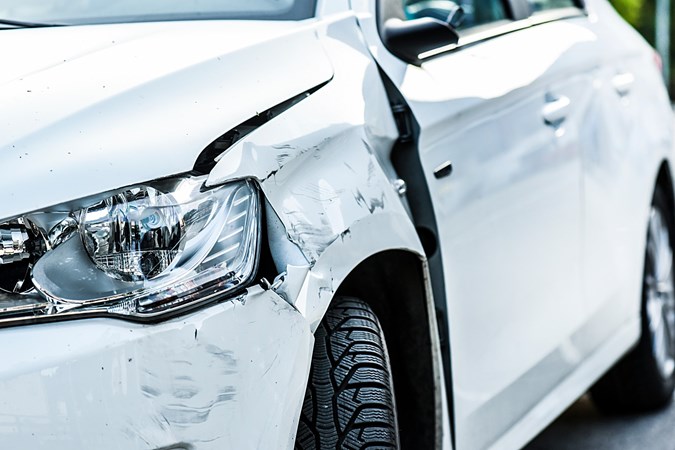
What does Cat D mean on a car?
Category D is a defunct insurance write-off classification that was replaced by Category N. It meant that the car could be repaired, but the cost of doing so exceeded its value. You may still come across used cars described as being a Cat D write-off because the damage occurred when the old classification system was in place.
What does Cat C mean on a car?
Category C is another defunct insurance write-off classification that was replaced by Category S. In means the total cost of repairs including parts, labour and transport exceeded the car’s market value.
What does Cat B mean on a car?
Category B marks a car out as being so badly damaged that it can’t be repaired to roadworthy condition – it may have rolled over, for instance. Neither can it be sold on as a complete vehicle to anyone other than an officially registered vehicle salvage or scrap yard where parts can be removed for sale and use in repairing another car. Certain parts, particularly the car’s bodyshell and/or chassis – its main structure – must be crushed.
It can happen that cars with only minor damage are declared Cat B when post-accident inspections reveal extensive rust, pre-existing unrepaired damage, or sub-standard repairs.
What does Cat A mean on a car?
A car that’s declared a Category A write-off is so extensively damaged that it has to go straight in the crusher. You can’t even remove any parts to sell on. Usually, the car will have been burnt out, or involved in a truly devastating crash.
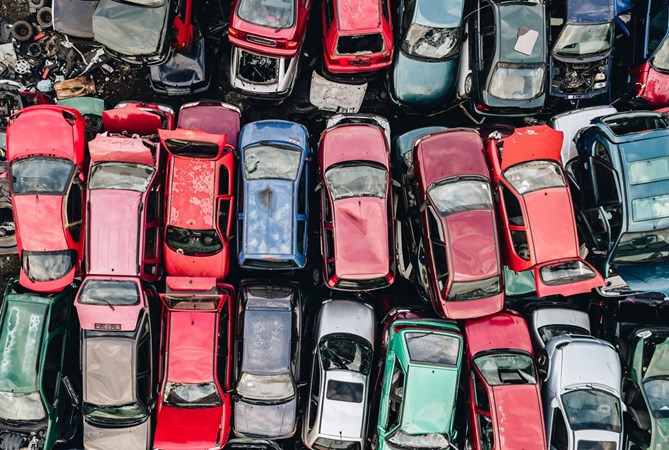
What does Cat F mean on a car?
As the name suggests, Category F is given to cars that have sustained minor fire damage. There might have been an electrical fire in the interior or under the bonnet, or the car may have been stood next to a blaze.
What does Cat X mean on a car?
You’ll very rarely come across a Category X marker. Such cars typically have very minor damage such as a badly scratched body panel, or the locks were pulled out by a thief.
Should you buy an accident-repaired car?
Category S and N write-offs shouldn’t be completely ignored when you’re looking for a used car. There are actually quite a lot of them out there and, as the cost of repairs goes up, there’s likely to be an ever-increasing number.
Indeed, according to the AA, many cars that were written off shouldn’t have been. An AA spokesperson told Parkers: ‘Category S and N may be uneconomical for an insurer, but this may be because a part has the same value as the car. The only reason the insurer may not have stumped up the cash is because they would buy a new part and that, plus labour, may cost more than the value of your car. This is why they would write it off as a Category S or Category N.’
Some car sales websites are plugged into the insurance marker database and written off cars are automatically flagged as such in the listing. Other platforms rely on the seller being honest about the car’s history – most are but some unscrupulous ones are out there. Some even sell on repaired cars that should have been scrapped. And there are plenty of people who repair a damaged car without declaring it to their insurance company.
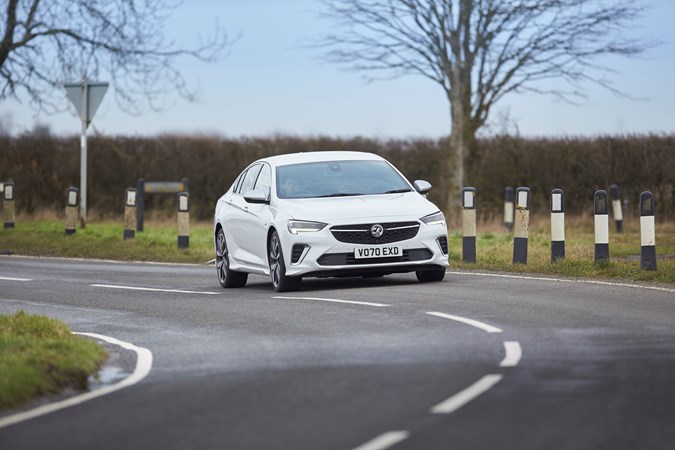
We always recommend getting a car history check when buying a used car, especially if its been written off. A repaired car can be good value, but it’s only worth buying if you know the history. CAP HPi reveals if a car has an insurance marker against it; other car history check services such as Car Vertical also search salvage auction catalogues to find pictures of the car in its damaged state, sometimes revealing cars that shouldn’t have been put back on the road.
If the car is structurally sound and the repairs have been carried out to a high standard, a Cat S or Cat N car could be just as good as an undamaged one – and it’ll cost you less. Ask the seller to provide as much information about the damage and repairs as possible; you can also have an inspection carried out by the AA or the RAC. If in doubt, walk away.
Should I buy a written off car to repair?
Buying an unrepaired Cat N write-off to do up yourself can be a savvy option, particularly if you’re planning on keeping the car until the end of its life. Many perfectly serviceable cars are written off because they have damage to bolt-on components such as headlights, bumpers and bonnets.
Repaired through an insurer, those parts would be bought new, potentially need painting and would be fitted by a preferred repairer that charges a high labour rate. However, those same parts could also be bought second-hand from a salvage yard at a significantly lower cost. You could then fit them yourself if you have the skills, or else engage an affordable local garage.
But sourcing a suitable repairable car requires patience. Cars that are extensively damaged can end up costing more in the long run; even lightly damaged cars can if easily overlooked items like damaged glass and rubber seals need replacing. It could also be that the car looks structurally sound but is actually out of alignment, causing issues with panel fit or even the car’s handling and safety.
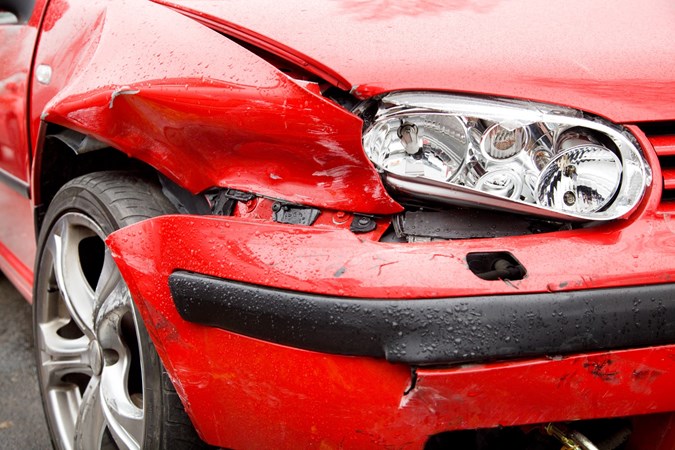
If you want to take this route, it’s important to be as familiar as possible with your chosen car in undamaged condition. You’ll have a better understanding of how to repair it and be able to spot any hidden issues. And bear in mind that the cost of getting the car’s body and suspension alignment properly checked may make it cheaper to buy an undamaged car.
Which written off cars make the best buys?
If you want to buy a written-off car to repair yourself, Cat N cars over 10 years old can be an easy introduction. Because younger cars are more valuable, damage has to be more extensive to write them off. Replacement parts can be very expensive as well, even second-hand, and there’s often complex electronics to deal with.
The perfect find is a cared-for older car with low miles that needs minor cosmetic repairs such as a new bumper, lights or door skin. Low speed frontal impacts are preferable, as most of the parts needed for repair simply bolt on. Rear impacts can often damage the boot floor and inner structure, even if it only looks superficial from outside.
Vandalised cars can also be ideal, especially newer ones and high-performance models. That’s because the car’s structure is likely to be intact, though watch out for damaged glass and rubber seals, which can be quite expensive to replace. Don’t underestimate the cost of a full repaint, either.
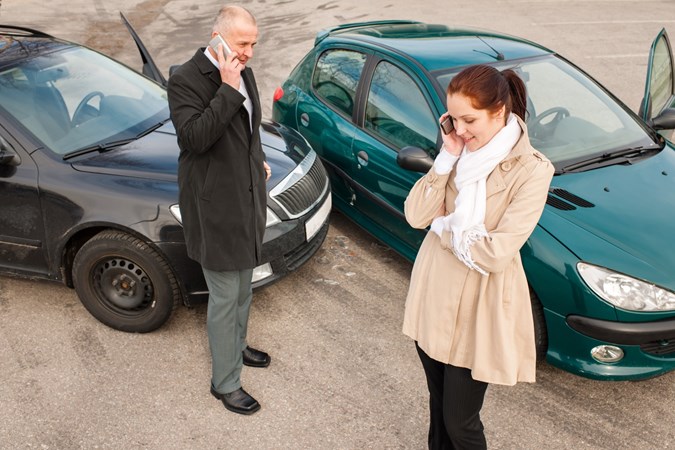
Is it easy to make money on written off cars?
Is it possible? Yes. Is it easy? No. A written off car will always be worth less than an undamaged equivalent, even if the repairs were carried out to a high standard. And it’s difficult to put a value on them. Indeed, vehicle remarketing expert CAP doesn’t give values for Category S or N write-offs.
CAP told Parkers: ‘There is a lasting impact on these vehicles. We wouldn’t be able to give a value; no figure can be put on a Cat S or N. The vehicle could have zero value for one person but could be worth £1,000 to another.’
‘CAP expects that a Category S or N would alienate the vast majority of buyers as many would not want to take the risk on a vehicle that has been classed as a write-off.’
If you could entice a potential buyer, their willingness to go ahead will depend on how good a job you made of the repairs. They’ll be wary about the full extent of the accident damage, as well, so you have to produce comprehensive records of the car in its damaged state and the repairs carried out, alongside all the other paperwork that shows your car’s service history.
Given the impact on depreciation and the increased effort of finding a willing buyer, it’ll probably be much easier and cheaper to buy an undamaged car to flip for a profit.
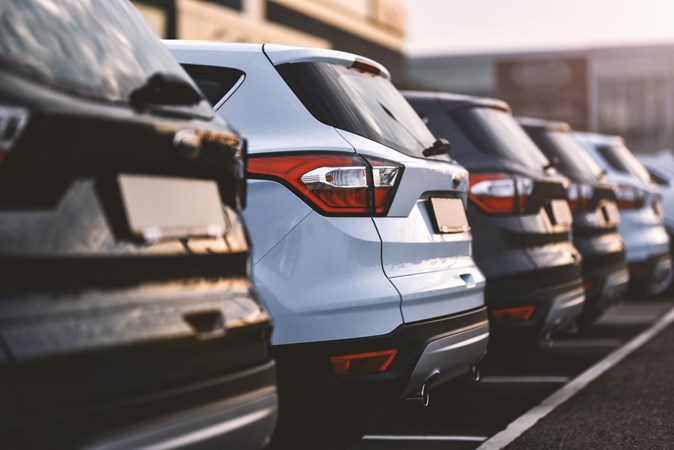
Cat S or C write-off cars – should you invest?
A repaired Cat S or Cat C write-off can often be picked up for a rock-bottom price. But you need to really dig into what damage the car sustained and how well its been repaired before you can make a decision about investigating it further.
Remember that Cat S means some element of the car’s structure was damaged and an improper repair could compromise the safety and longevity of the car. If any airbags deployed, large parts of the interior will have been rebuilt, as well. If the work is substandard, there may be all sorts of squeaks and rattles, and possibly electrical issues.
It’s very much a case of buyer beware. Get as much information about the car as you can from the seller and car history check services. And if you don’t like what you find, walk away.
We’d also recommend that you only pay for a repaired Cat S car in cash and be prepared to lose the money. That’s because repaired cars are very difficult to value accurately and paying for one with a loan or finance deal could put you in negative equity.
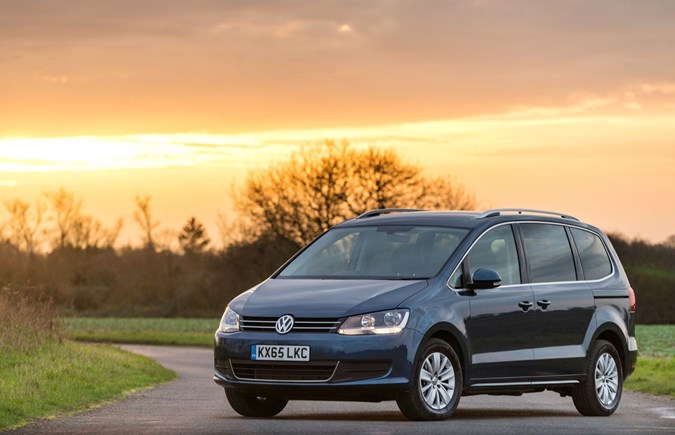
Still want to buy an insurance write-off?
If you’re still thinking about buying an insurance write-off, here’s a rundown of some key points you may not have considered.
- You must tell your insurance company that your car has been previously written-off. If you don’t, they may refuse to pay out if you have to make a claim. It could also increase the premium.
- Have a full professional inspection carried out on the car to ascertain the standard of the repair work and if any issues have been missed. At the very least, carry out an inspection yourself. A MoT certificate alone doesn’t reveal all of the car’s secrets.
- A car’s market value is considerably reduced by being written off and that follows the car throughout its life.
- Replacement body panels may not have been rust-proofed as they would be from the factory. Front wings, bonnets and boot lids in particular may rot away when those on an undamaged car don’t.
- You may have difficulty selling the car in future. Dealers often won’t accept repaired write-offs in part-exchange because the market for them is limited. Potential future buyers will have the same concerns you do now, as well.
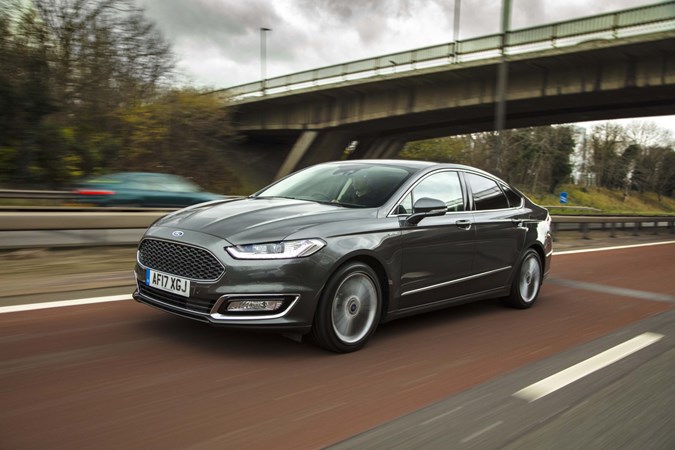
Can damage be unrecorded?
Not all accident damage that a car suffers may be declared to its insurer. Perhaps the driver doesn’t want to lose their no claims bonus, or they already have several crashes on their record, or they recognise the car will probably get written off and don’t want it to be.
Either way, the fact the car sustained damage won’t be recorded on any official databases. With luck, the seller will be honest about the car’s history and have photos and documentation detailing the repairs, but don’t take that for granted. Having the car professionally inspected should reveal any repairs or pre-existing damage.
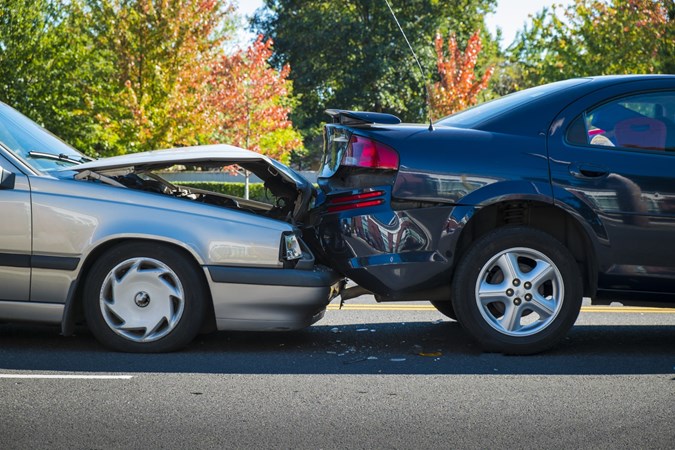
Will a written off car cost more to insure?
There’s no concrete answer for this. If your car has been repaired and you stick with the same insurer, your premium is unlikely to go up – unless you’ve lost your no claims bonus – because they’re happy the work was carried out to a high standard.
However, if you take a written-off car to a new insurer, they may be minded to charge more because they don’t know how well the car was repaired.
The most likely insurance implication for a written off car is that its lower value means you may receive a reduced pay out if the car is subsequently declared a Cat A or Cat B write-off and sent for scrap. It also lowers the threshold at which repairs become uneconomical.
